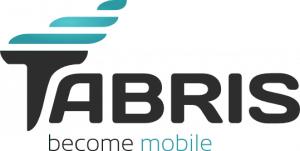Tabris - iOS and Android apps written in Java
January 31, 2012 | 2 min ReadIndustry experts have predicted that mobile computing is going to have a huge impact on the software industry. I agree. That’s why we asked ourselves if OSGi, RAP and Eclipse RT can help overcome some of the challenges in mobile app development.
Some of the most common problems involved in mobile development include dealing with multi-platform, security and maturity of the available platforms. But does multi-platform really matter with iOS breaking adoption records? I am sure that Google and Microsoft believe that their platforms will become breakthrough successes as well. While no one can make a definitive statement about their future success, I don’t think that anyone would bet a fortune on their failure either. This leaves us with three options for addressing multi-platform: HTML5, development for each platform or making a bet on which will be the most successful.
HTML5 is great technology - not only for mobile - but there is a growing body of lessons learned the hard way. Our own experience revealed that it is easy to get started with HTML5 and that the state-of-the-art JavaScript libraries look really great. But when it comes to running and using the apps the excitement mostly turned into disillusion. The other two options did not seem like good solutions for us, so we decided to add another option: Tabris (previously RAP Mobile).

Tabris gives us some key advantages over the alternatives. First, it allows multi-platform development in Java. It uses the iOS and Android native widget toolkits for rendering the user interface with optimal performance and native look and feel. And, it provides a mature and Open Source platform for writing and deploying business applications on standard JEE servers. It also provides a solution for common data security concerns with mobile devices.
If you are curious about how Tabris works and what it has to offer visit http://developer.eclipsesource.com/tabris/.